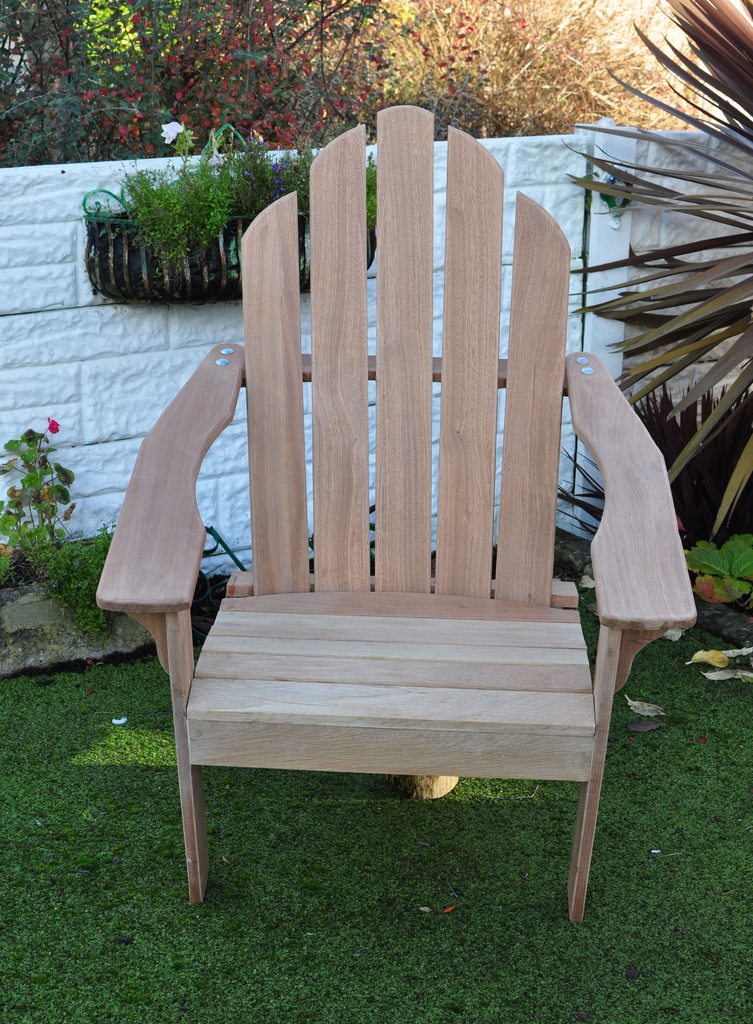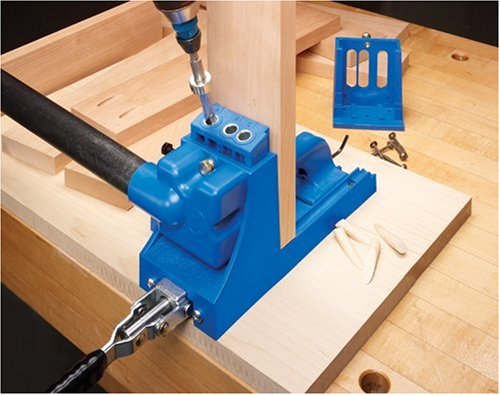walt.wales
Member
hi All,
as new member to UKW just thought i'd say hello and ask a question:
has anyone had experience of the Kreg KJMICRODGB Micro-Pocket Drill Guide, as used for 1/2" x 1" stock?
i'm aware that there is a debate in woodworking circles about the use of pocket hole joinery but for my current needs this method suits perfectly. What i would like to know is if anyone here has experience of this particular jig for joining small stock especially 1/2" ply? [i've read old reviews on the Kreg site and they raise some reservations]
Many thanks & regards,
waltinwales
as new member to UKW just thought i'd say hello and ask a question:
has anyone had experience of the Kreg KJMICRODGB Micro-Pocket Drill Guide, as used for 1/2" x 1" stock?
i'm aware that there is a debate in woodworking circles about the use of pocket hole joinery but for my current needs this method suits perfectly. What i would like to know is if anyone here has experience of this particular jig for joining small stock especially 1/2" ply? [i've read old reviews on the Kreg site and they raise some reservations]
Many thanks & regards,
waltinwales




































